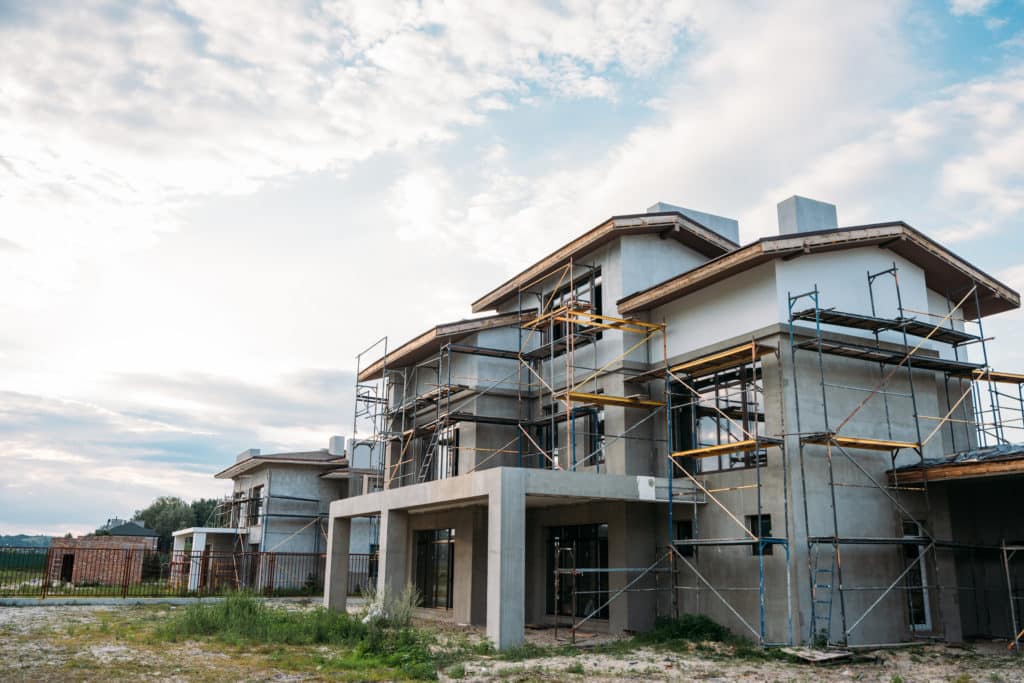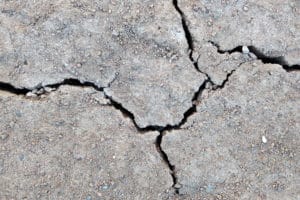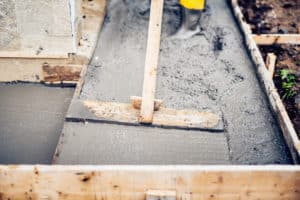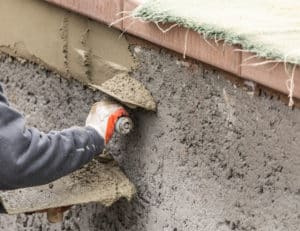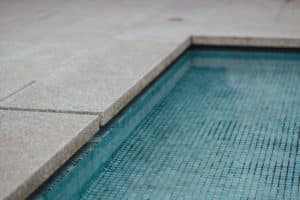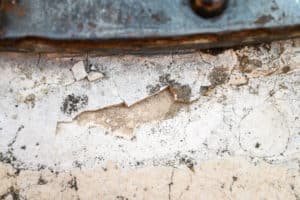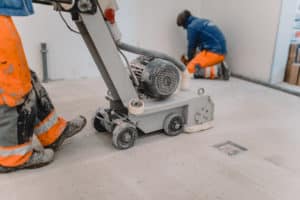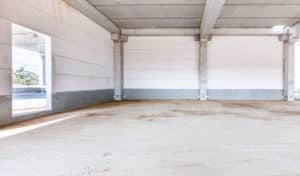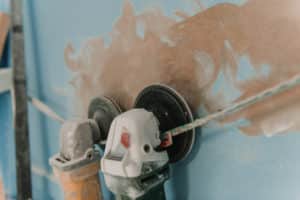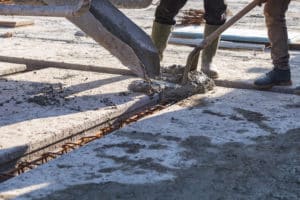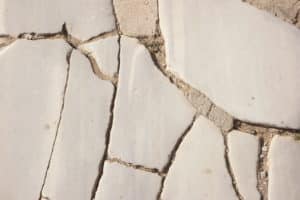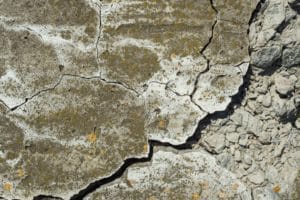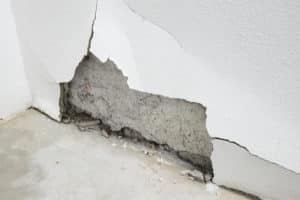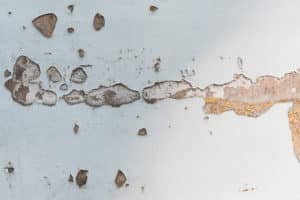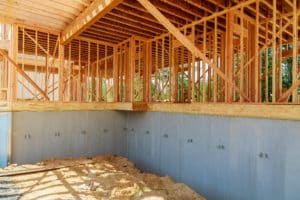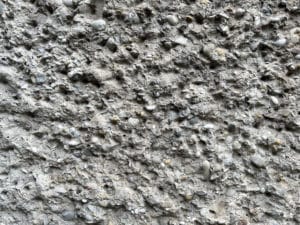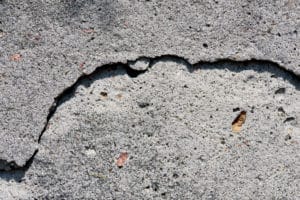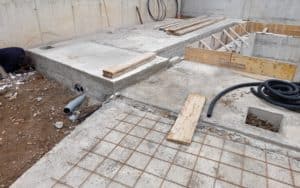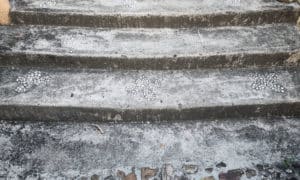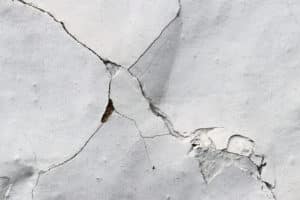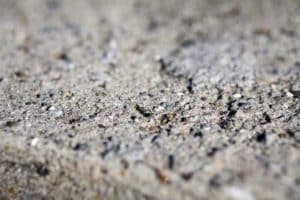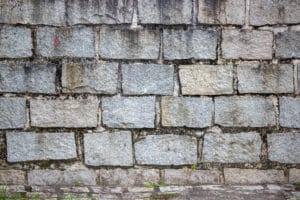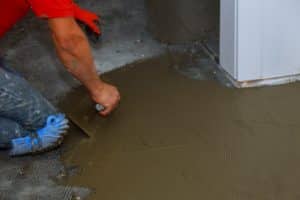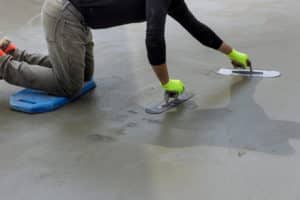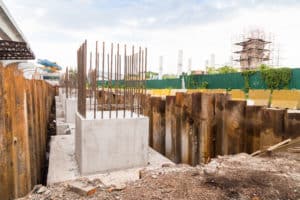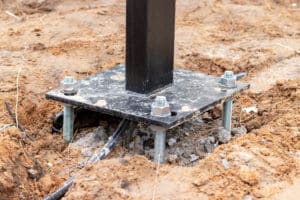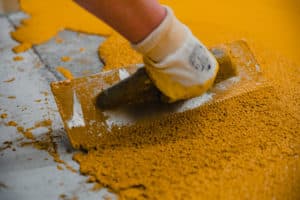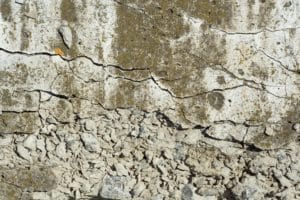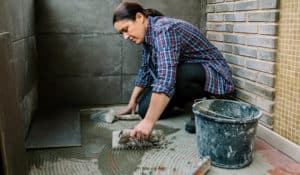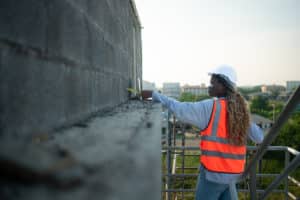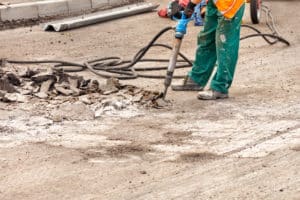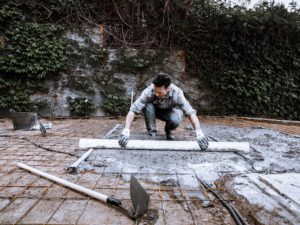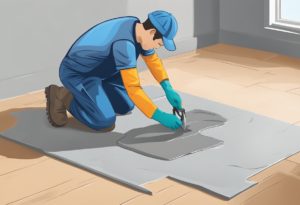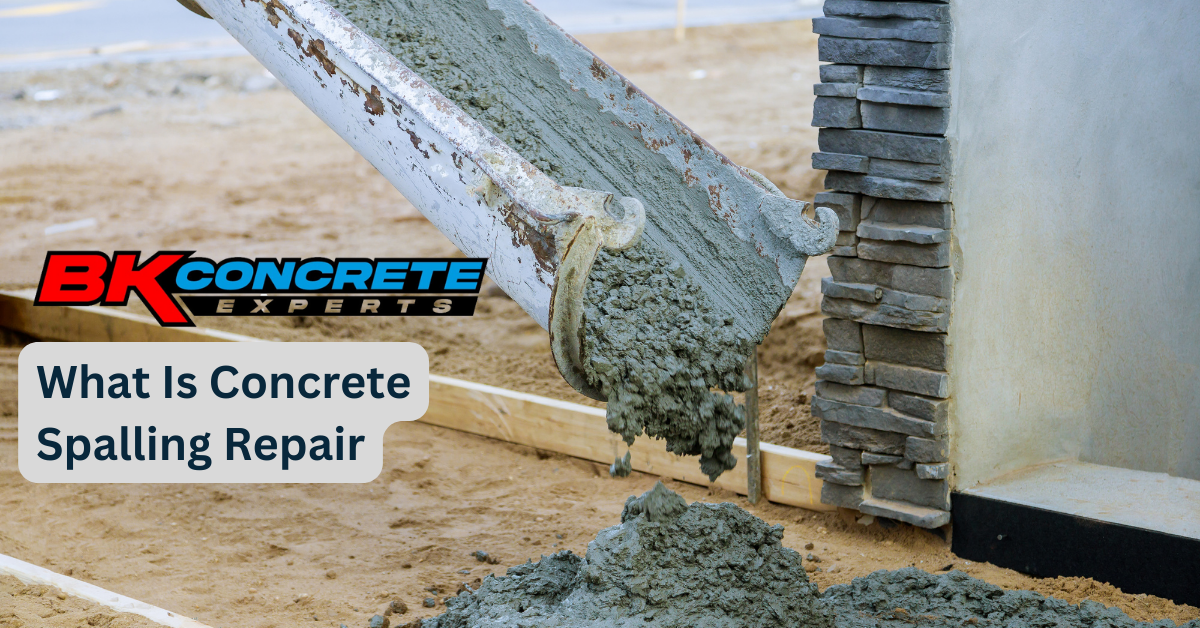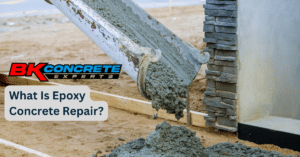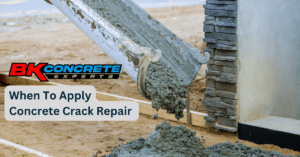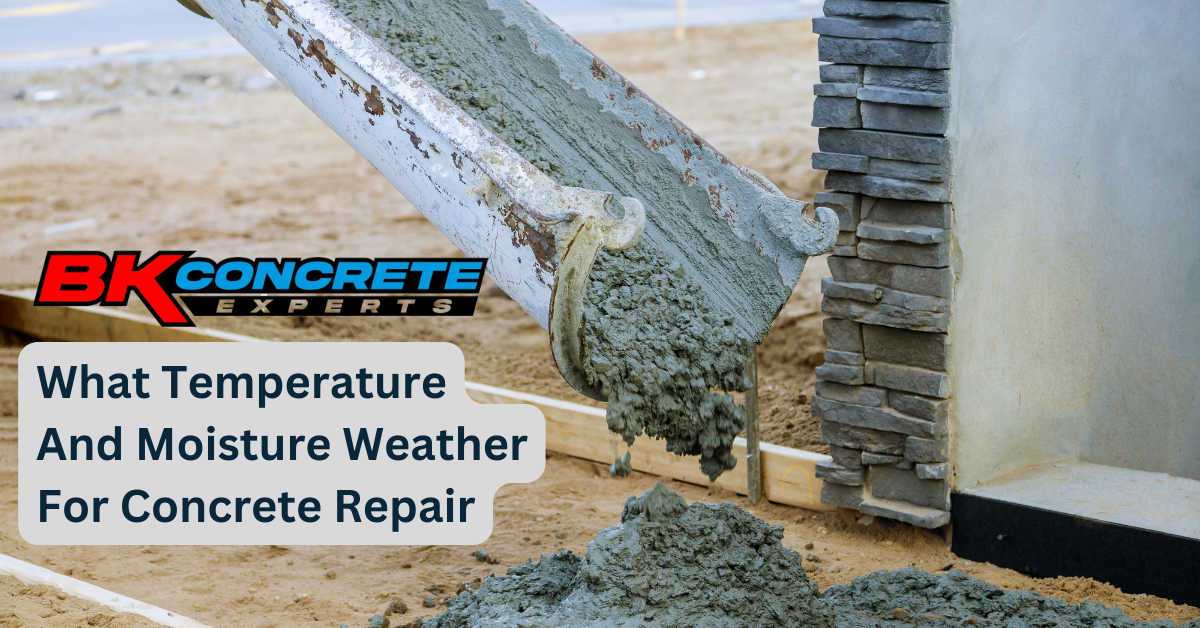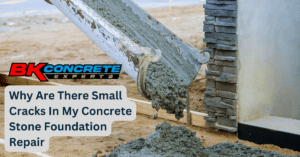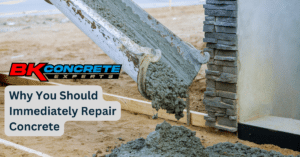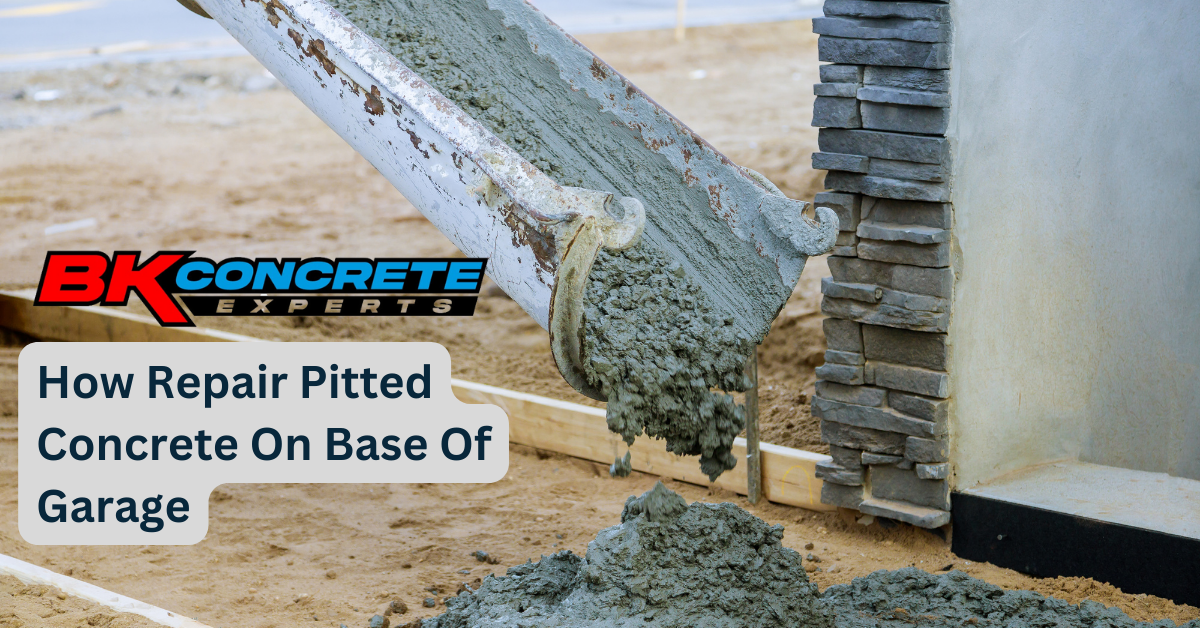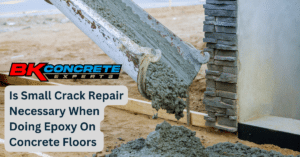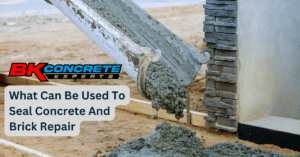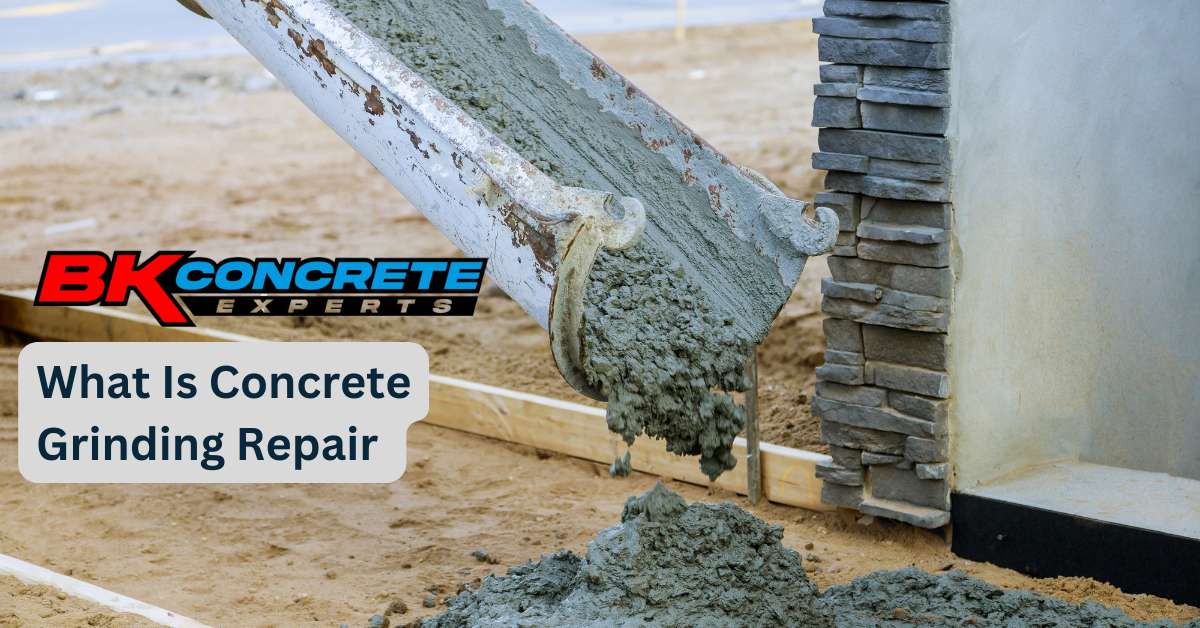Concrete foundations are the bedrock of most modern homes, providing the critical support needed for structural integrity. However, over time, these foundations can develop problems due to soil movement, environmental conditions, and material degradation. Identifying the signs of foundation issues is paramount for homeowners, as early detection and repair can prevent more extensive damage.

Issues such as cracks in walls, uneven floors, sticking doors, and windows can all be indicators of foundation problems. These signs often point to underlying issues requiring attention, from minor repairs to more substantial interventions. Common methods for repairing concrete foundations involve underpinning with materials like steel piers or helical piers, which provide long-term stability.
Homeowners are advised to seek professional assessments when they suspect foundation damage. Experts can offer solutions tailored to the specific needs of the property, ranging from simple fixes like hydraulic cement to more complex stabilization using concrete piering. Timely and effective repair not only safeguards the home’s structure but also helps maintain property value.
Identifying Foundation Issues
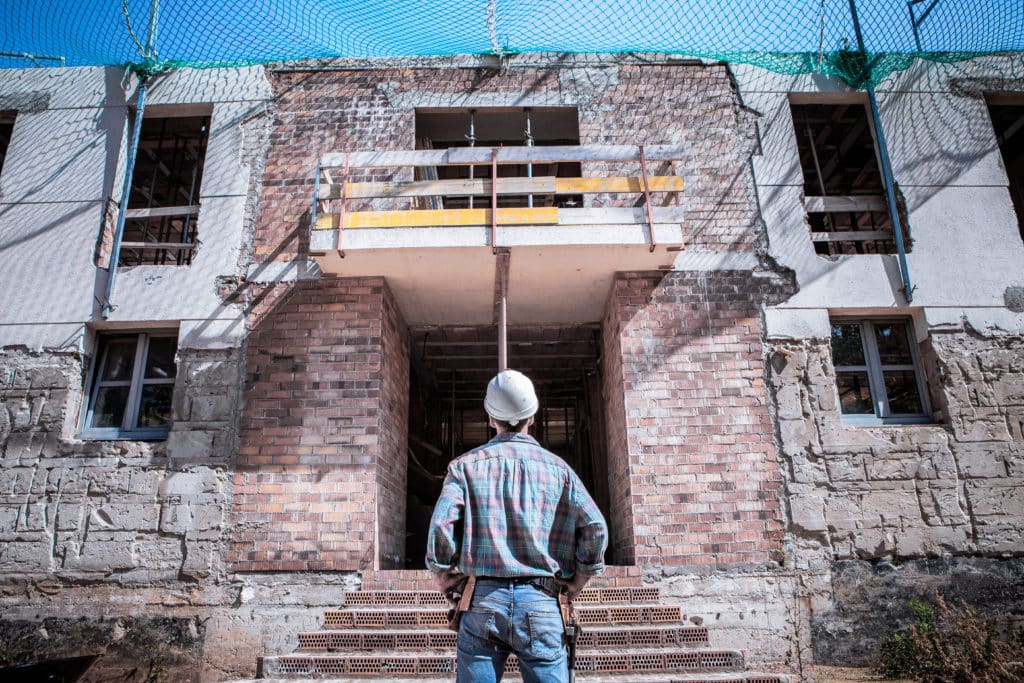
When inspecting a home for foundation health, identifying early signs of damage is crucial for maintaining structural integrity and preventing costly repairs. Recognizing symptoms like foundation cracks and understanding their implications can help homeowners take timely action.
Recognizing Signs of Damage
One should be vigilant for signs of foundation problems which often manifest through observable changes within and outside the home. Key indicators include:
- Misaligned doors and windows
- Cracks in interior walls, specifically around door frames
- Visible cracks on the exterior of the foundation
- Gaps between the walls and the ceiling or floors
- Sloping or uneven floors
These symptoms can be indicative of underlying issues that may require professional assessment.
Types of Foundation Cracks
Foundation cracks come in various forms, each potentially signaling different issues:
- Hairline cracks: Thin cracks that might be a normal result of settling but should be monitored.
- Vertical cracks: Often caused by settlement; may require sealing to prevent moisture intrusion.
- Horizontal cracks: These cracks can imply serious problems, such as hydrostatic pressure against the foundation walls.
- Stair-step cracks: Commonly found in brick or concrete block walls and may suggest settlement or heaving.
It’s essential to differentiate between benign and concerning cracks for appropriate action.
Evaluating Structural Concerns
For structural evaluation, one might consult a structural engineer to assess the severity of foundation issues. They can determine if cracks are simply cosmetic or indicative of substantial structural damage. For example:
- Broad, bulging, or displaced cracks may require immediate intervention.
- Continuous horizontal cracks could suggest a compromised wall due to soil pressure.
- Any signs of foundation movement warrant a professional evaluation to ensure the home’s safety and longevity.
Homeowners should not delay in seeking expert opinion when structural concerns are suspected, as timely repair can prevent further deterioration.
Initial Steps for Repair
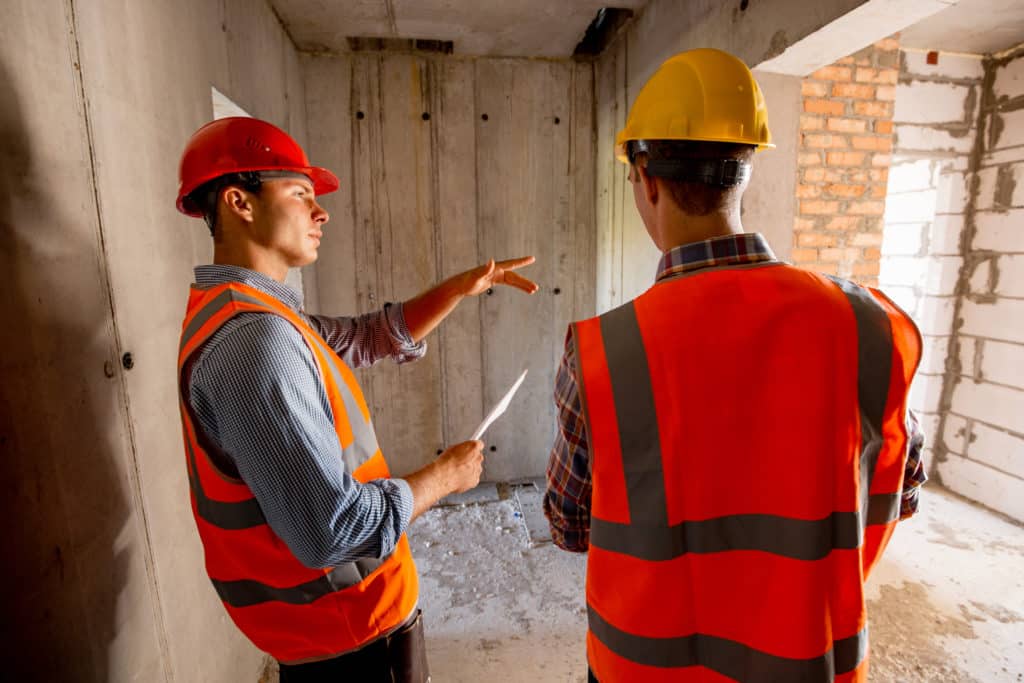
When undertaking concrete foundation repair, the first action is an initial assessment. This involves inspecting the foundation for visible signs of damage, such as cracks, and identifying the underlying causes, like soil movement or water damage.
Step 1: Inspection
The inspection should be thorough, looking for:
- Wall cracks
- Uneven floors
- Difficulty opening or closing doors and windows
Step 2: Identification
One must determine whether issues are cosmetic or indicative of deeper structural problems. For this, one may consult a professional or use resources like “Understanding the Foundation Repair Process: Step by Step” for guidance.
Step 3: Choose a Repair Method
After assessing the damage, selecting the appropriate repair method is crucial. Options include:
- Steel Piering: To correct the level and settlement.
- Epoxy injections: For fixing minor cracks.
- Underpinning: To stabilize subsiding foundations.
Step 4: Hire a Contractor
Hiring a contractor experienced in foundation repair is recommended. It’s beneficial to compare local foundation pros to find the best fit for your particular repair needs. Look for those with credible reviews and the right expertise, as seen on “Concrete Foundation Repairs – Poured Concrete Foundation”.
Step 5: Prepare for Repair
Prepare your property for repair work, which may involve clearing areas around the foundation and arranging for temporary accommodation if the repair is extensive.
Repair Techniques

In addressing concrete foundation damage, the applicability and effectiveness of repair methods vary significantly. The following subsections detail specific techniques that are commonly employed to restore the integrity of a compromised foundation.
Sealant and Epoxy Solutions
Small cracks and fissures in a concrete foundation can often be remedied using sealant and epoxy solutions. These materials serve as a first line of defense against the exacerbation of minor damage:
- Epoxy Injection: Often employed for the repair of hairline cracks, epoxy injection involves cleaning the crack with a wire brush, attaching injection ports, and sealing the surface with epoxy. Once set, epoxy is injected to completely fill the crack, creating a bond that is often stronger than the concrete itself.
- Polyurethane Foam: For leaks and active water issues, polyurethane foam offers a flexible seal. It expands upon contact with water, effectively sealing even against water pressure.
Piering and Underpinning Methods
When it comes to stabilizing and lifting a foundation that has experienced significant movement or settling, piering and underpinning methods are the robust solutions that contractors often turn to:
- Helical Piers: Ideal for exterior foundation repair, helical piers are screwed into the stable ground and then attached to the foundation, providing support to prevent further movement.
- Concrete and Steel Piers: During underpinning, concrete or steel piers are driven deep into the ground to transfer the weight of the foundation to stable soil.
- Spot Piers: Hand-dug and filled with concrete, spot piers are a minimalist approach suitable for lighter structures.
Hydraulic and Slabjacking Procedures
For foundations suffering from settlement or voids underneath the concrete, hydraulic procedures like slabjacking can be effective:
- Slabjacking: This technique, also known as mudjacking, involves drilling holes into the affected foundation slab and pumping a slurry (typically a mixture of soil, water, and cement) underneath to lift and stabilize the concrete.
- Hydraulic Cement: Smaller areas of damage can be addressed with hydraulic cement, which sets quickly and effectively stops water flow.
Each technique offers different benefits and is suited for specific scenarios ranging from minor leak mitigation to addressing significant structural shifts. It’s crucial to thoroughly assess the situation to select the most appropriate method.
Professional Versus DIY Repair

Deciding between professional help and DIY projects for concrete foundation repair is critical and comes down to the scope of the issue at hand and the skills required to effectively address it. This decision influences the quality, safety, and cost-effectiveness of the repair.
When to Call a Professional
- Complexity: When the foundation repair involves structural problems, an experienced foundation contractor should be enlisted. Structural issues may include significant cracks or shifts in the foundation that affect the integrity of the building.
- Safety: Foundation repairs can have serious safety implications. If there is any doubt about the stability of the structure, professionals with the necessary expertise should handle the repair.
- Warranties: Many foundation specialists offer warranties on their work, which can provide peace of mind that the problem is resolved. This is not the case with DIY repairs.
DIY Repair Considerations
- Skill Level: Owners should assess their own ability to execute the repair. Most foundation repairs are not suitable for amateurs as they require an understanding of underlying structural principles.
- Tools and Materials: A successful DIY repair requires the correct tools and materials, which can be a significant investment.
Professionals are equipped to diagnose and repair foundation issues that go beyond surface-level problems. They can also provide warranties for their services, ensuring long-term value and stability for a property. Conversely, DIY repairs might be suitable for minor, non-structural issues, provided the homeowner has the necessary skills and resources to perform the repair properly.
Prevention and Maintenance
Ensuring the longevity of a concrete foundation is largely dependent on maintaining proper soil moisture levels and careful landscaping. These measures prevent unnecessary stress on the foundation and avoid the extensive costs associated with repair.
Maintaining Soil Moisture Balance
Soil moisture is critical for foundation health, especially in areas with clay soil, which expands when wet and shrinks when dry. To maintain a consistent moisture balance, homeowners should consider regular watering of the foundation’s perimeter during dry periods. Conversely, during rainy seasons, excess water should be diverted away from the foundation using proper downspouts and grading to prevent soil from becoming overly saturated.
Proper Landscaping and Water Management
Strategic landscaping can aid in water management around a foundation. Plants should be selected and placed such that they neither dry out the soil excessively nor retain too much moisture. Utilizing native plants that are adapted to the local climate can contribute to this balance. Downspouts and gutters should be kept clear and directed away from the foundation to ensure effective water management and reduce the risk of radon gas infiltration through cracks caused by water pressure.
| Water Management Feature | Function | Maintenance Required |
|---|---|---|
| Downspouts | Divert water away from foundation | Regular cleaning and inspection |
| Grading | Prevent water pooling near foundation | Periodic leveling checks |
| Native Landscaping | Balance soil moisture; prevent erosion | Seasonal care and pruning |
Regular inspection and maintenance of these systems are integral to the prevention of foundation issues.


